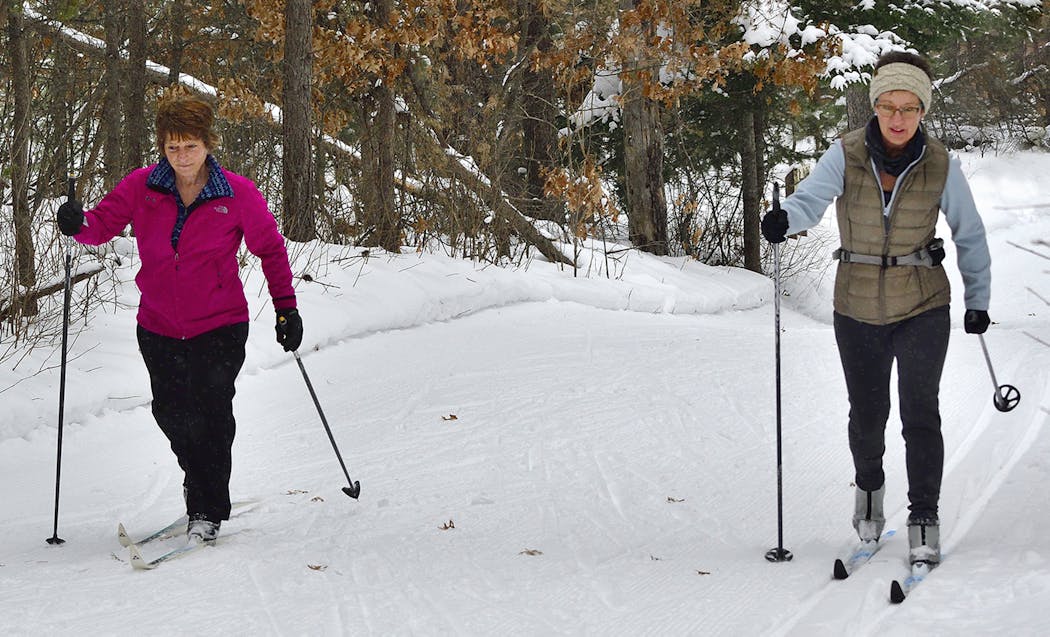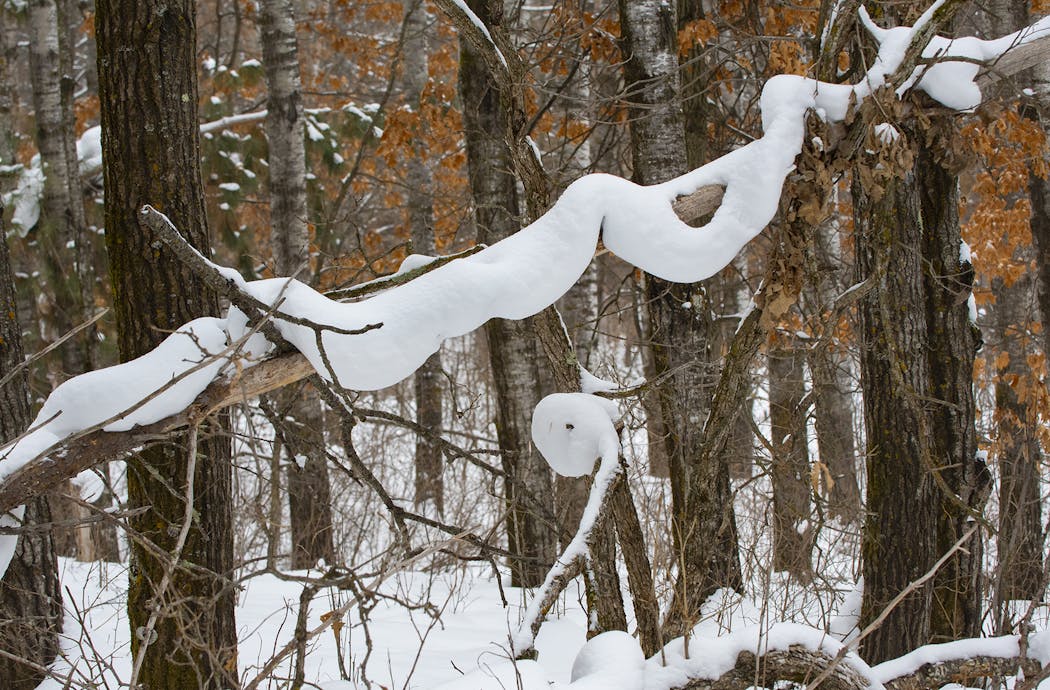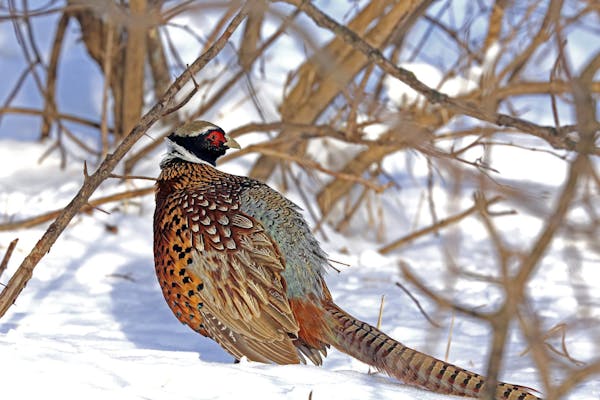BRAINERD, MINN. – Plenty of snow and an ideal temperature of about 30 degrees greeted me as I took to the well-groomed cross-country ski trails at the Northland Arboretum in Brainerd. The air was calm and a light snow was falling.
This was last Saturday shortly after noon.
Much to the delight of skiers and snowmobilers throughout Minnesota, and certainly in the Brainerd Lakes region, Old Man Winter has provided a generous amount of snow this season. And, like it or not, the long-range forecast shows little signs of spring. I thought about this as I kicked and glided along, eyeing the deep snow on either side of the trail.
"It's a blue wax day," I thought as I skied past jack pines, their limbs bent under the snow's weight. "My favorite conditions for cross-country skiing.''
To me, a blue wax day means that temperature and snow conditions dictate I use blue wax, which also translates to relatively slick, speedy — but not icy — snow, a combination that provides both good purchase and glide, at least for a "classic" skier like me.
I started cross-country skiing decades ago. My friends and I would sling our rifles over our shoulders, and atop vintage skis we bought used, we navigated snow-covered prairies of Minnesota and North Dakota while hunting fox and coyotes.
When the wind blows wild and drifting snow hardens — similar to conditions we've all seen this year in Minnesota — a hunter on skies can glide easily atop the frozen powder.
While skiing at the Arboretum, I encountered husband and wife Tyler and Kate Hurd of Brainerd. They "skate'' ski, and the Arboretum's trails are groomed to accommodate both their style and classic skiing.
Tyler, 34, and Kate, 31, cross-country ski about two times each week.
"We missed skiing on some of the bitter cold days," Kate said.
In addition to skiing, the Hurds enjoy skijoring, which is a sport where a person on skis is pulled by a harnessed dog or dogs.
"We have two huskies that pull us, and a shepherd that runs along with us," Kate said.
The Hurds stressed their skijoring is not on groomed ski trails because the dogs can ruin the track.
Back on the trail, I kept a watchful eye for animal tracks in the snow, a favorite hobby — even obsession — of mine. We humans see so little of the natural world, especially critters that pass unseen under the cover of darkness. But snow can be a tattletale. The white powder reveals the comings, goings and other intimacies of wildlife to those of us willing to observe and analyze.
Yet there is one winter creature that doesn't leave tracks. Instead it lives silently in the shadows of wintry landscapes, appearing and disappearing without a trace.
I'm referring to "snow snakes," and last Saturday I spotted several.
Of course, snow snakes are not living creatures. They are, however, a phenomenon of nature, an anomaly seldom seen because conditions need to be just-so for them to form.
The birth of a snow snake is beyond my explanation, but one thing for sure is that wind will "kill" even the largest snow snakes in the Northwoods.
With these thoughts I skied ever forward, kicking and gliding.




